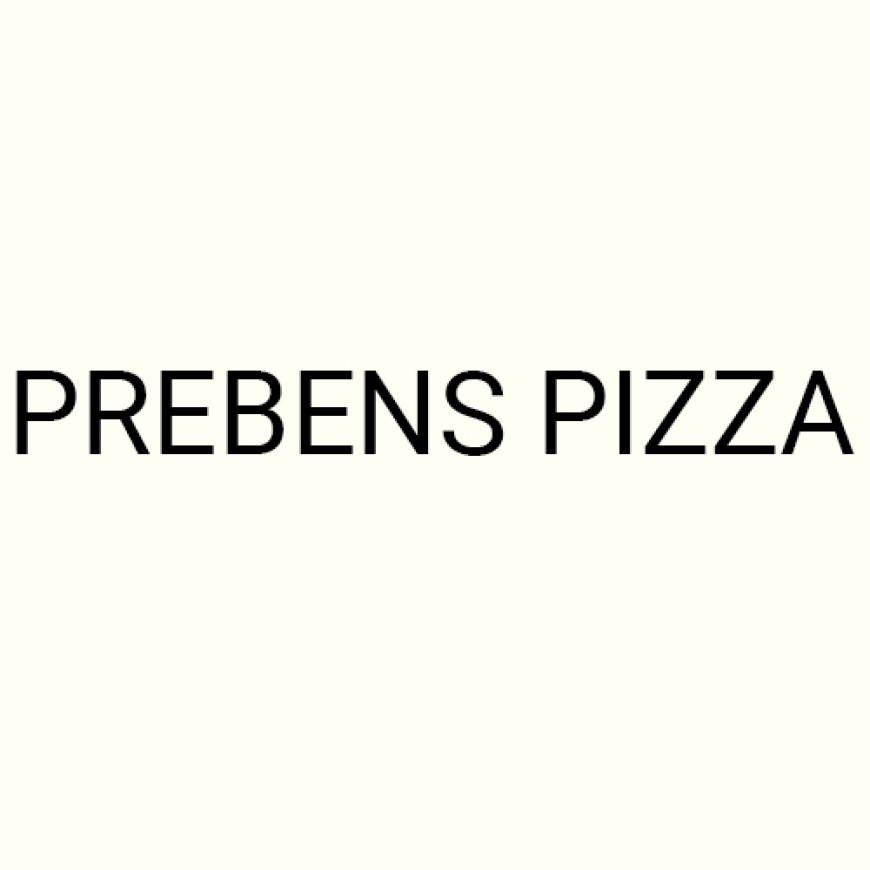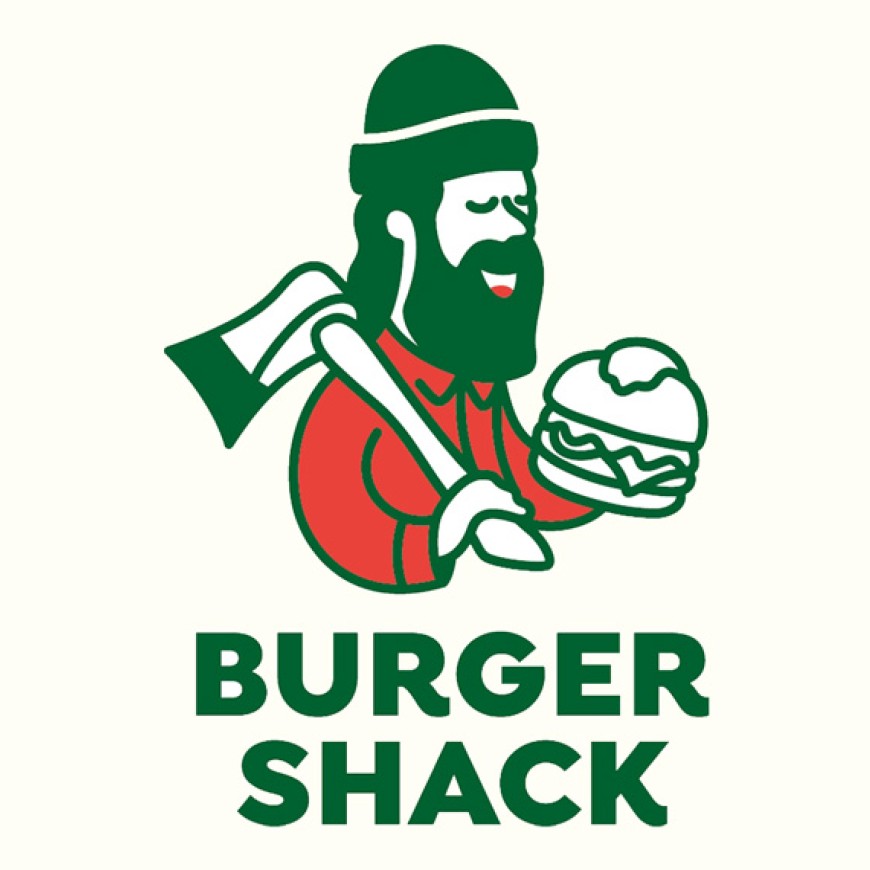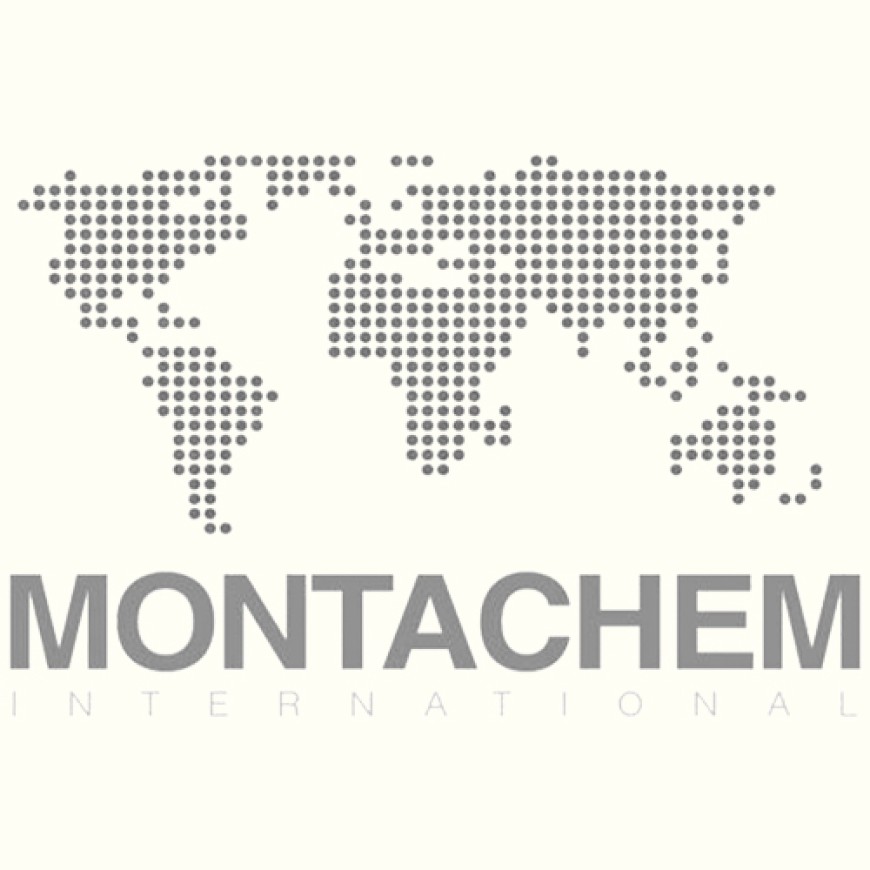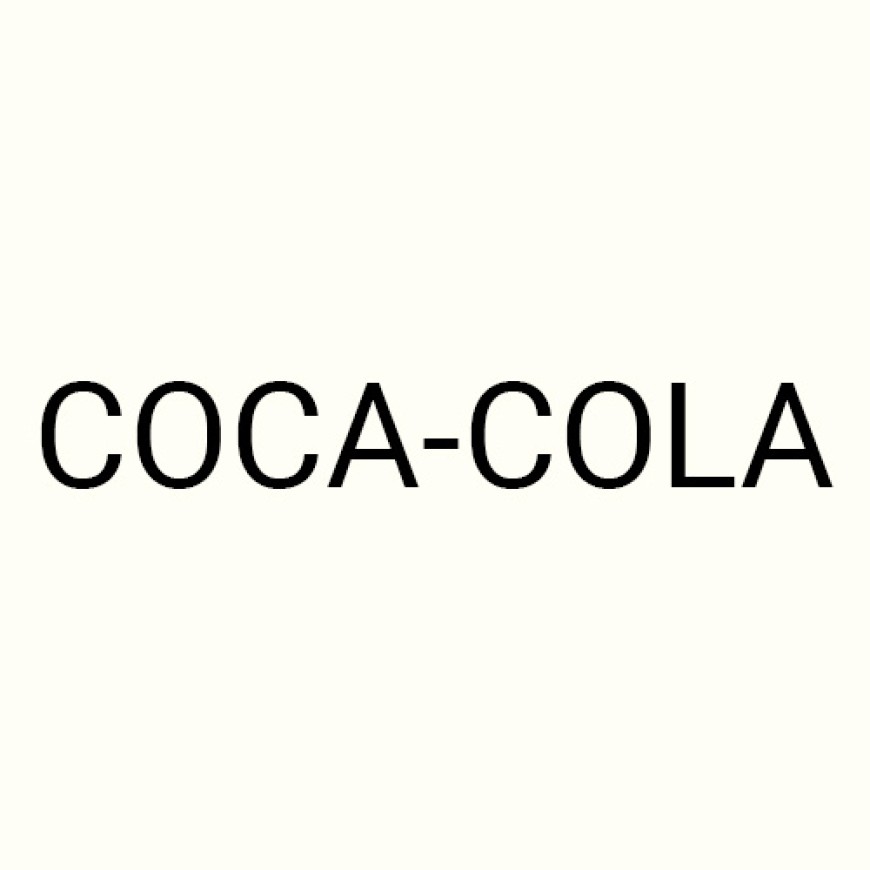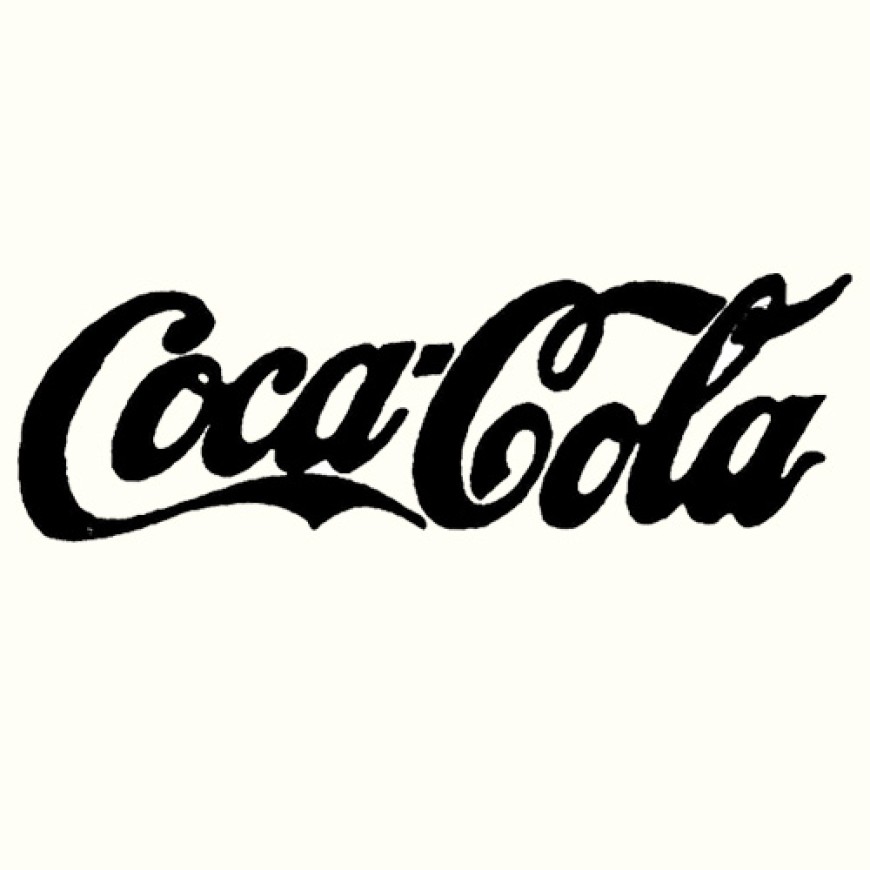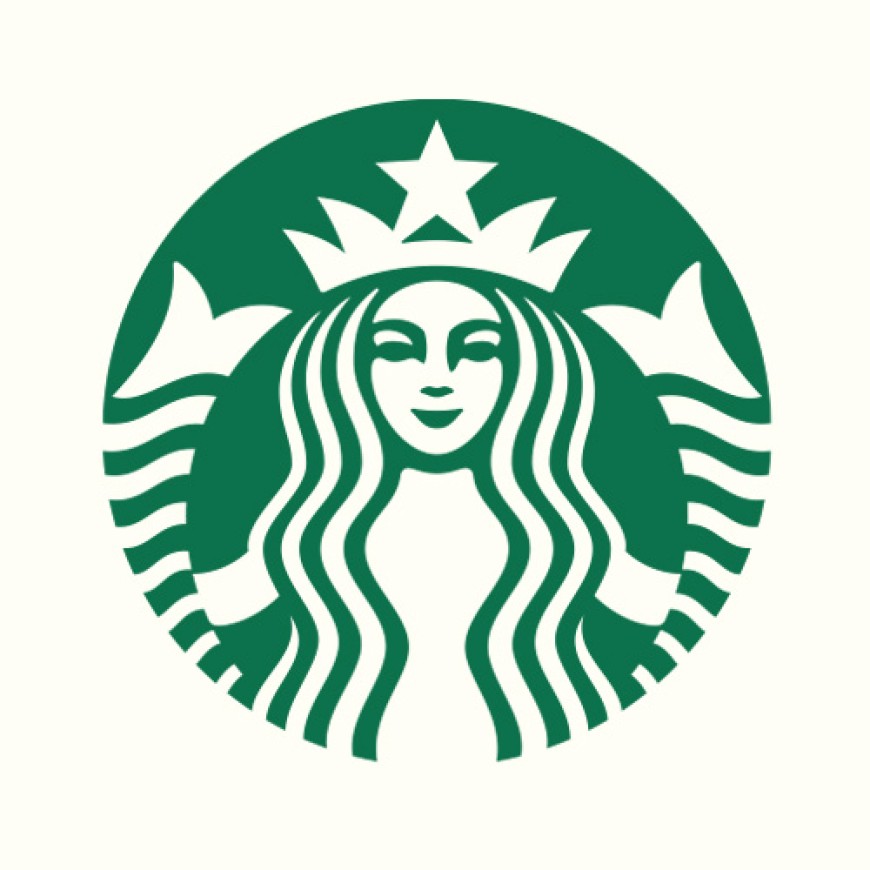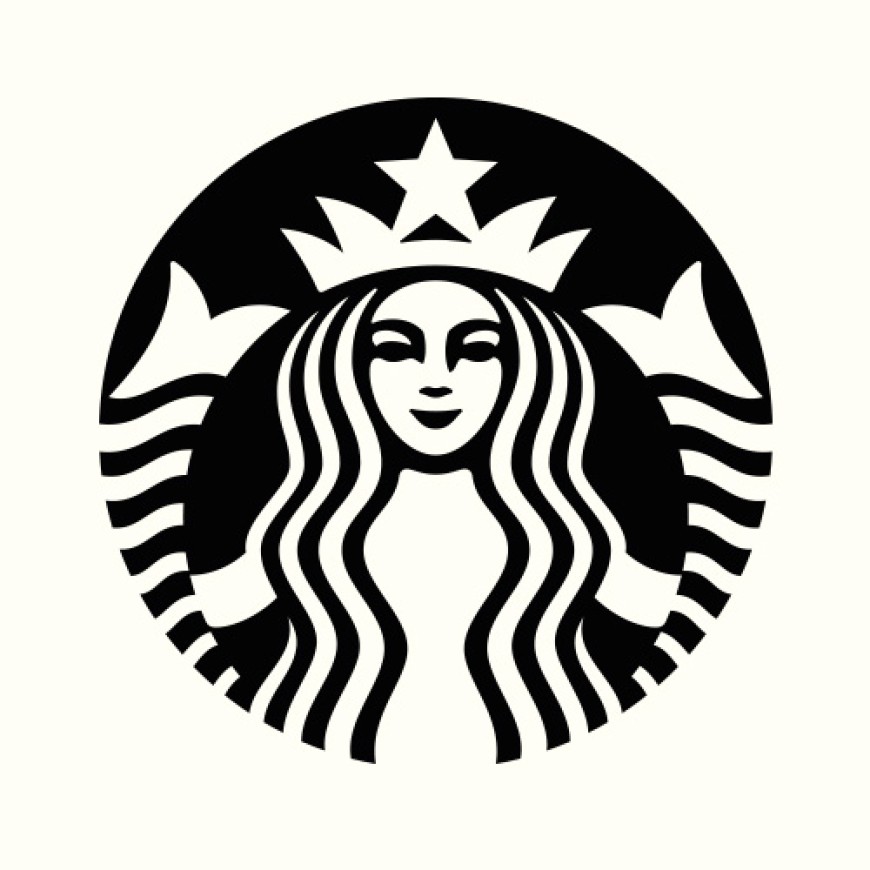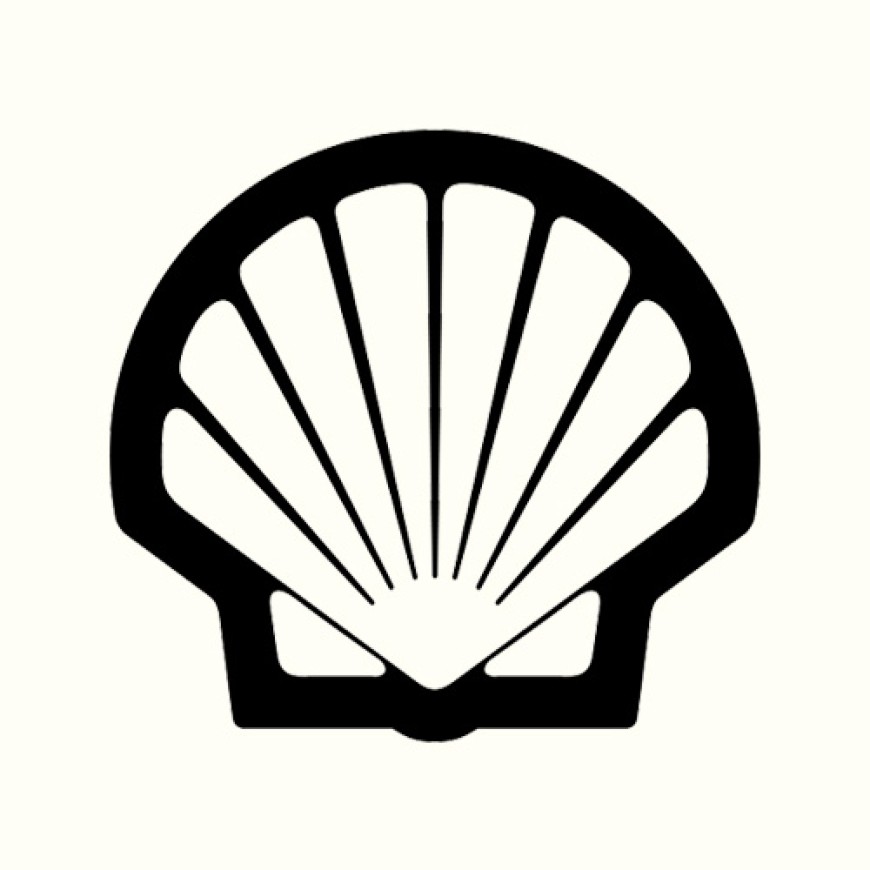What is protected?
When you register a trademark, the protection attaches to the distinctive elements that make your brand unique. You therefore do not necessarily get exclusive rights to all elements of the brand. It would often be unreasonable.
For example, if you register the brand text PREBENS PIZZA for pizza or restaurant business, you do not get exclusive rights to the word "pizza". The word PIZZA in itself is not a distinctive element of the mark, and in addition it would be unreasonable to give someone a monopoly on a purely descriptive word.
If you register a mark consisting of a descriptive text and a distinctive figure, you do not get protection for the descriptive text alone.
Or if you register a mark consisting of both text and figurative elements, for example, you will not get protection only for figurative elements that have a purely decorative or descriptive function.

